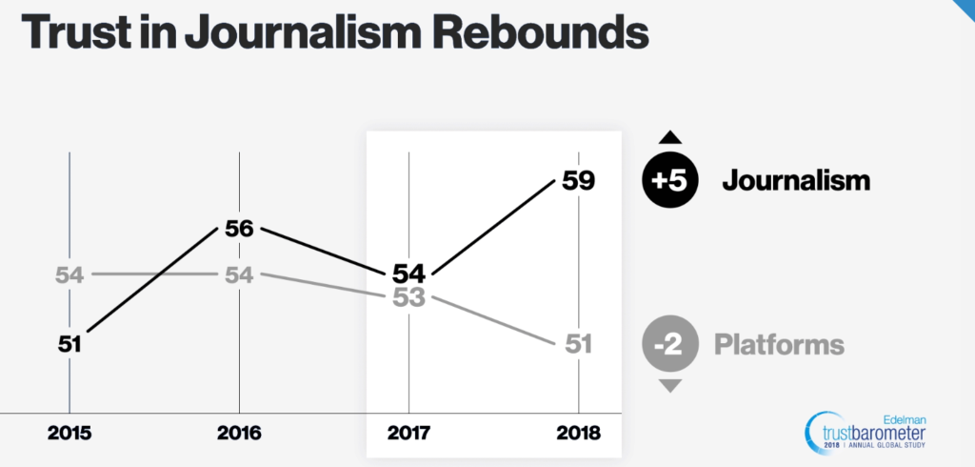media update’s Aisling McCarthy looks at the reasons why print is flourishing in the B2B industry.
The print media industry is far from where it was a decade ago. In such turbulent times, newspapers and magazines are fighting hard to maintain circulation in an increasingly fragmented media landscape.
But, while consumer titles are going online, chasing the ever-elusive advertising and sales revenue, there is one area of print media that is thriving: B2B.
Whether it’s newspapers (like the
Financial Times), magazines (such as
The Economist) or direct mail, businesses are clearly seeing the value in print.
While there has been much talk about the demise of print in favour if digital, the B2B industry sees print
only getting stronger.
So why is that? Here are three of the reasons:
1. Printed content conveys a sense of value
Content that has made it into print is often perceived as being higher in value than online content is.
Printing content costs money, so for the content to be worth publishing it has to have a certain value. Online content, on the other hand, can come from anyone anyone with access to a mobile phone or a computer with an Internet connection.
The sense of quality that comes from printed content can be leveraged by B2B brands. And every brand wants readers to feel like they are part of an exclusive experience.
The exclusivity aspect of print comes from offering B2B newspapers and magazines at a premium price, as opposed to a free-to-view website. Printing on high-quality paper, and with high-resolution pictures, gives the feel of a quality product, which is worth spending money on.
2. Print is tangible
In
an article for Two Sides, MD of Data and Marketing Association Rachel Aldighieri says, “Traditional print media provides consumers with a personal experience; something they can interact with, take with them and go back to at their own leisure.”
She adds, “Its unique nature makes it a robust advertising medium and the figures over the past few years reflect this.”
The tangibility of print offers something than online content simply cannot: a sense of reliability in an unreliable world.
With stability an ever-elusive quality in the business world, companies are always searching for ways to build confidence in their brand and their products. Print allows B2B brands to demonstrate authority and expertise in their field, and this authority is what helps them to build long-lasting relationships with customers.
“ Print has proved time and time again that it’s the perfect business partner,” says
Two Sides writer and editor, Sam Upton.
The tangibility of print also means that it has a longer lifespan than content found online. Digital content does not live forever, as anyone who has ever experienced the dreaded ‘404 error’ can tell you. Dead links mean that online content is dead too, but print carries on.
Consider how many magazines are displayed on coffee tables and in collections to demonstrate that the reader has long, strong ties to their industry.
3. Trust in journalism
The most important quality that printed content has over digital is TRUST.
For businesses to be successful, the most important thing they need is their consumers’ trust. And this is a commodity notorious for being difficult to build, but easy to lose.
Over the last few years, trust in journalism has steadily been in decline (thanks a lot #FakeNews), but the
2018 Edelman Trust Barometer shows some hope for traditional media.

While clickbait and fake news has caused a great decline in information from digital platforms, traditional media platforms are seeing a rebound in readers confidence and trust.
“I think that the mass of digital information and the way it’s so instant is working against it,” says Phil Alexander, joint MD of paper merchant GF Smith. “We are realising that digital is a fleeting experience, and we don’t get any feeling of ownership or any real connection with it.”
The bottom line is that in the digital age, print still has a place. So why not consider print and digital media in your strategy, rather than one or the other?
In the seemingly never-ending battle of ‘Print versus Digital’, discover the Four reasons print is still around.